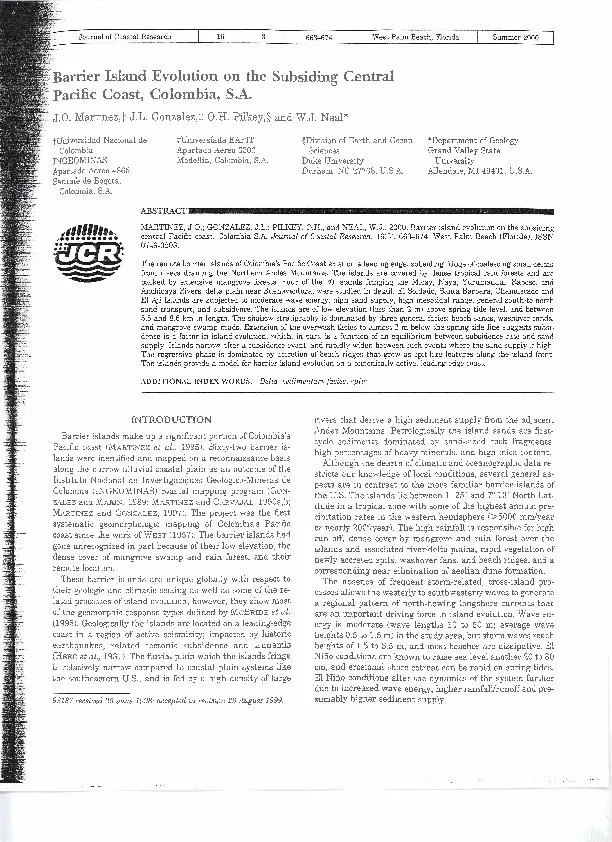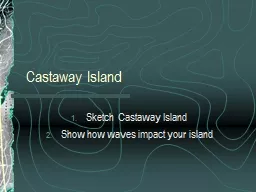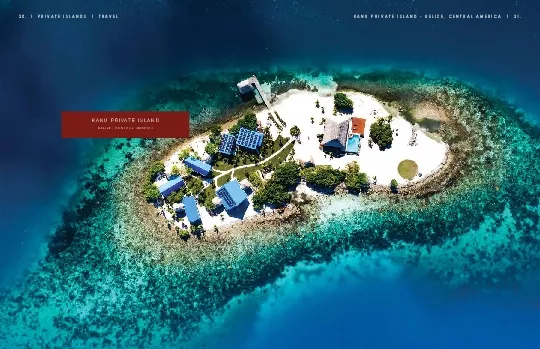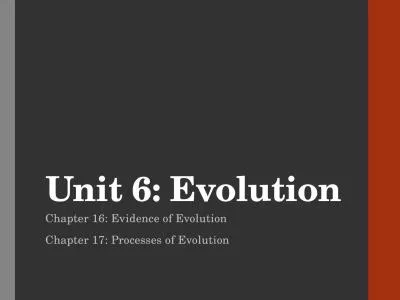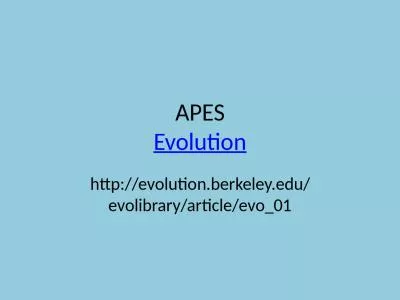PDF-Island Evolution on the Subsiding Central
Author : faustina-dinatale | Published Date : 2016-08-08
Lder Pacific Coast Colombia SA JO Martinez JL Gonzalez OH Pilkey TUniversidad Nacional de Colombia INGEOMINAS Apartado Aereo 4865 Colombia SA EAFIT Apartado Ae
Presentation Embed Code
Download Presentation
Download Presentation The PPT/PDF document "Island Evolution on the Subsiding Centra..." is the property of its rightful owner. Permission is granted to download and print the materials on this website for personal, non-commercial use only, and to display it on your personal computer provided you do not modify the materials and that you retain all copyright notices contained in the materials. By downloading content from our website, you accept the terms of this agreement.
Island Evolution on the Subsiding Central: Transcript
Download Rules Of Document
"Island Evolution on the Subsiding Central"The content belongs to its owner. You may download and print it for personal use, without modification, and keep all copyright notices. By downloading, you agree to these terms.
Related Documents

